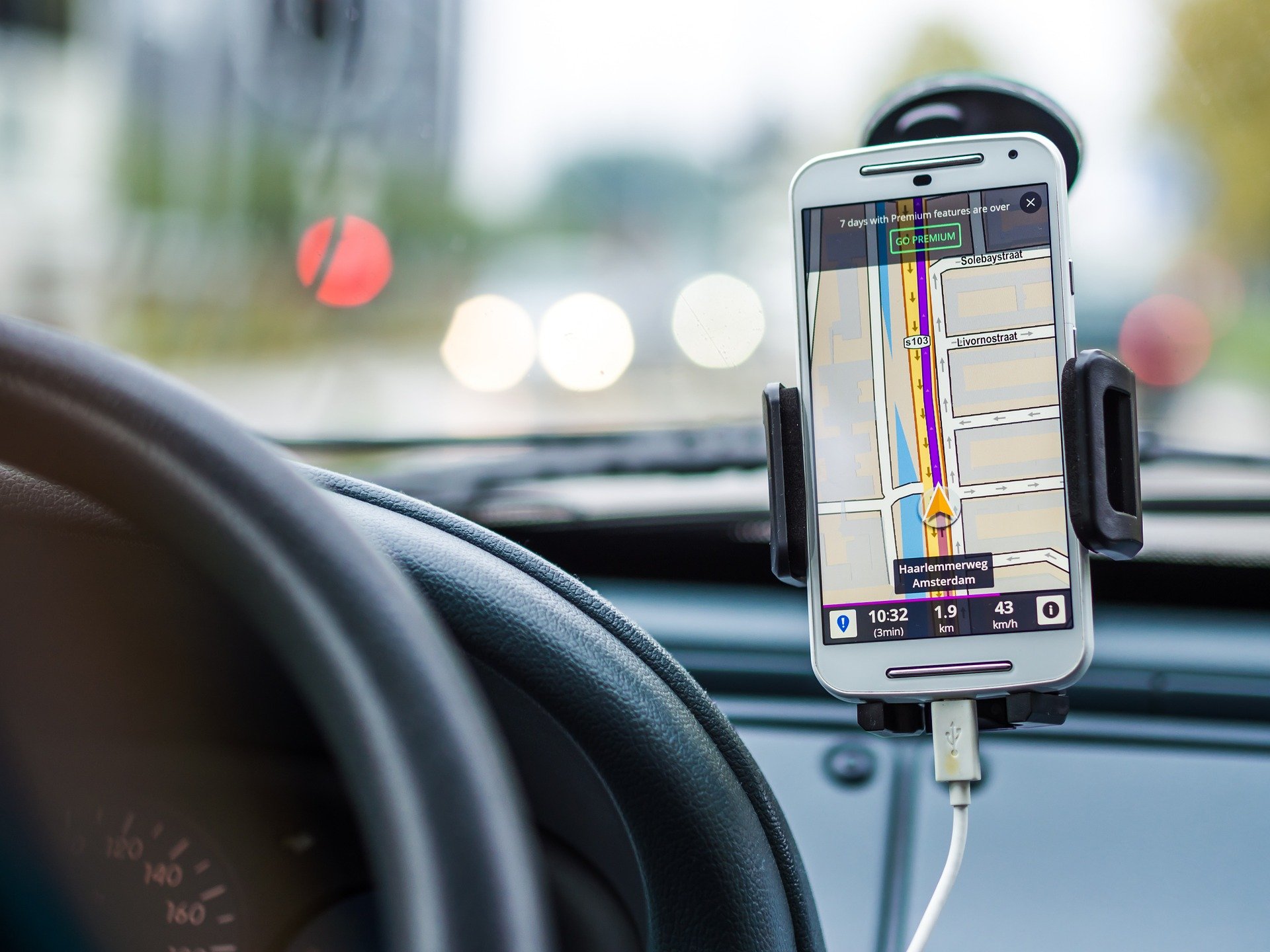Our Global Navigation Satellite System (GNSS) is pretty damn important. From the North Pole to the South Pole and everywhere in between, human critical infrastructure is dependent on the satellites that orbit the earth. But GNSS outages are holding back business resilience and governments are scrambling to find alternative solutions. Richard Hoptroff, CTO and founder of Hoptroff tells us more.
Since the first satellite was famously launched in 1958, they have become a staple in nearly everything we do.But this has become a problem. Global Navigational Satellite Systems (GNSS), like GPS and Galileo, are being disrupted at an increasing rate as new spoofing technologies enter the consumer market.
Governments across the world are now scrambling to find alternative solutions that can be used to both backup and replace infrastructure that is dependent on GNSS. The United States government, for example, published an urgent Executive Order in 2020 to Strengthen ‘National resilience through responsible use of positioning, navigation, and timing services’ (PNT). In light of this, network-delivered, resilient solutions are set to rise in popularity.
GNSS is flawed
GNSS is popular because it’s cheap and it does a good job – but it is flawed. GNSS signals are so weak, according to Dana Goward, president of the Resilient Navigation and Timing Foundation, that signals from GPS make less ‘noise’ than the twinkling of stars.
Because they’re travelling such a long way from space, they can easily be jammed or spoofed – meaning that inaccurate coordinates or no data at all will be transmitted by the signals.
Nature also continues to pose a threat. A powerful solar storm would be so disruptive to GNSS that it would cost the world’s economy $3 trillion.
The last such events were in 1921, 1960 and 1989, the last of which took down Quebec’s electricity grid. There is a 70% chance that in the next thirty years, ‘solar activity will damage the GPS constellation’, and a 20% chance that a large part of it will be destroyed.
As cheap, amateur spoofing devices have recently been developed, human behaviour is leading to an enormous upsurge in GNSS disruption.
According to UK government estimations, financial trading in London alone is affected by 80-120 GNSS jamming incidents every single month. This doesn’t come cheap: a recent study found that disruption to GNSS would cost the UK £1 billion per day.
How GNSS would affect business
If GNSS fails, industries that rely on accurate time would be enormously affected. Atomic clocks on satellites calculate Universal Coordinated Time (UTC), the world’s timing reference. This time is then checked by dozens of physics institutes across the world, including RISE (Research Institute of Sweden) and NPL (National Physics Laboratory) in the UK. The time that is calculated allows many industries to work.
Data centre tenants require synchronised timing to ensure that the incoming and outgoing data is correctly ordered.
They rely on synchronisation and interval timing between of thousands of servers across many locations worldwide. Without across-the-board synchronisation to UTC, data logs don’t make sense. Traceable time is a vital utility data centres should be supplying to their customers.
Network-delivered timing is the solution
At the moment, most data centre tenants rely on home-made hardware time synchronisation solutionsthat are comprised of grandmaster clocks, synchronisation and monitoring software and satellite antennae that are vulnerable to GNSS signal loss or spoofing.
A fragile setup and a headache they would like to simply go away. With server-to-server traffic increasing by 70% each year, this is a problem that tenants can’t afford to have.
In light of this, global governments are pushing for the adoption of alternative solutions – this is where data centres can step in to provide such a solution.
Network-delivered and GNSS resilient time synchronisation solutions like Traceable Time as a Service (TTaaS) provide the answer. Because TTaaS is entirely network-delivered, it does not require each data centre to maintain its own satellite antennae.
Instead, the time is delivered from a network of resilient cloud timing hubs, which each house three Grandmaster clocks that are connected to three different sources of time. To further improve resiliency, the product is backed-up by a terrestrial location at the Research Institute of Sweden (RISE).
Because the time is delivered across a network, the solutions can also provide time at a much lower cost than existing hardware solutions. For these reasons, network-delivered solutions will likely rise in popularity over the coming months.
As the existing timing architecture used by different industries comes to the end of their lifecycles (occurring approximately every five years), these industries must look towards new replacement solutions that can protect against GNSS failure. Until then, resilient solutions must be used as a ‘back-up’ for systems that remain dependent on GNSS.
Every sign indicates that the rates of GNSS disruption will only grow and that it is a matter of time until a serious and sustained outage occurs. This will have an enormous effect on industries unless we take active steps to prevent this by adopting resilient solutions that already exist.


